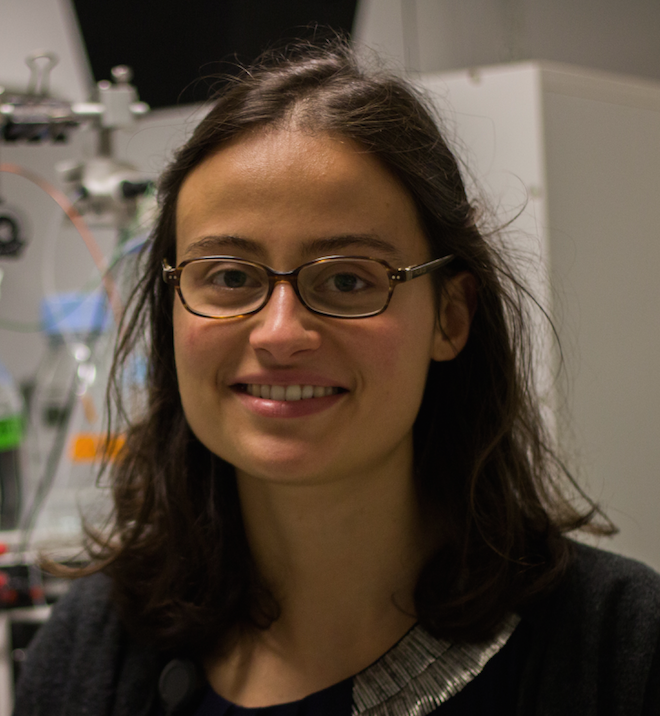Université d'UTRECHT, LAB. DE CRYO MICROSCOPIE “Structural insights into the cross-neutralization of SARS-CoV and SARS-CoV-2 by human monoclonal antobody 47D11"
Science Advances, 02 Jun 2021:Vol. 7, no. 23, eabf5632, DOI: 10.1126/sciadv.abf5632 Juliette Fedry, Daniel L Hurdiss, Chunyan Wang, Wentao Li, Gonzalo Obal, Ieva Drulyte, Wenjuan Du, Stuart C Howes, Frank JM van Kuppeveld, Friedrich Forster and Berend-Jan Bosch
Cv
Juliette Fedry, 31 ans, a effectué sa thèse au sein de l'unité de virologie structurale de Felix Rey à l'Institut Pasteur. Elle est actuellement postdoctorante au laboratoire de cryo microscopie électronique de Friedrich Förster à Utrecht aux Pays Bas. Dans l’article primé elle utilise son expertise en microscopie électronique pour caractériser le mécanisme de neutralisation d'un anticorps en développement préclinique pour le traitement du SARS-CoV-2. Cette étude montre que l'anticorps cible une région conservée à la surface de la protéine Spike et que son efficacité de neutralisation n’est pas affectée par les mutations présentes dans différents variants du virus.
Contact
Cette adresse e-mail est protégée contre les robots spammeurs. Vous devez activer le JavaScript pour la visualiser.
Résumé de l'article
SARS-CoV-2 neutralizing antibodies elicited upon vaccination or viral infection mostly target the ACE2 binding region on the receptor binding domain (RBD) of the spike protein. This region is the most variable on the spike RBD, consistent with the fact that emerging variants fixed mutations in this part possibly reducing the efficiency of current vaccines and therapeutics. Therefore there is an urgent need for broadly neutralizing antibodies targeting less variable epitopes on the spike RBD. We previously identified a potent human monoclonal antibody, 47D11, capable of cross-neutralizing SARS-CoV-2 and SARS-CoV without competing with ACE2 for spike binding, and protecting against the associated respiratory disease in an animal model. Here, we report cryo-EM structures of trimeric SARS-CoV and SARS-CoV-2 spike ectodomains in complex with the 47D11 Fab. 47D11 binds specifically to the closed conformation of the receptor-binding domain, distal to the ACE2 binding site. The CDRL3 stabilizes the N343 glycan in an upright conformation, exposing a conserved and mutationally constrained hydrophobic pocket, into which the CDRH3 loop inserts two aromatic residues. 47D11 stabilizes a partially open conformation of the SARS-CoV-2 spike, suggesting that it could be used effectively in combination with other antibodies that target epitopes only exposed in the RBD up conformation. Altogether, these results reveal a mutationally constrained epitope on the SARS-CoV-2 spike and provide a structural roadmap for the development of 47D11 as a prophylactic or post-exposure therapy for COVID-19 emerging variants.




